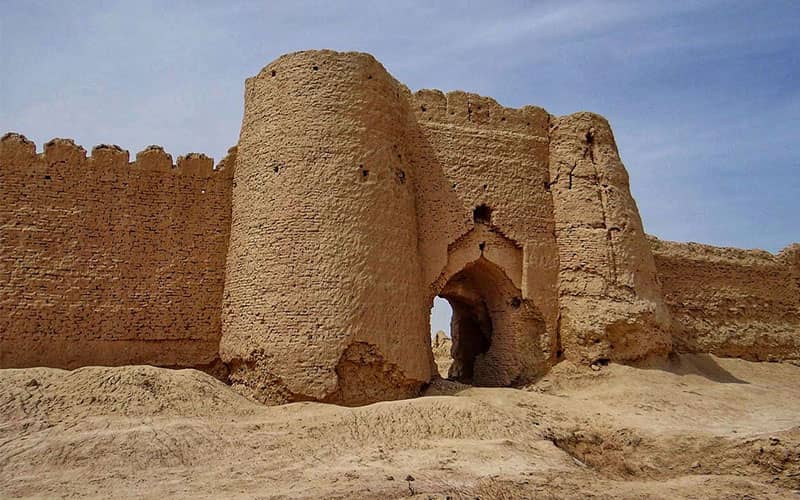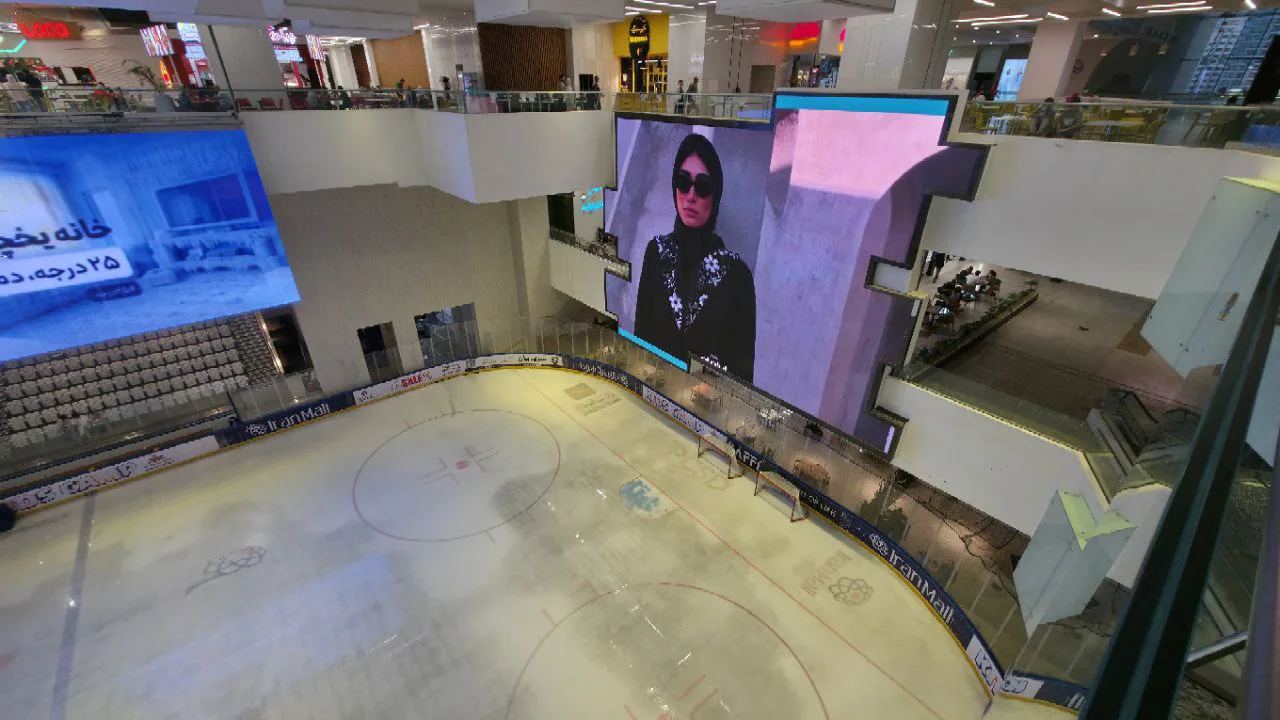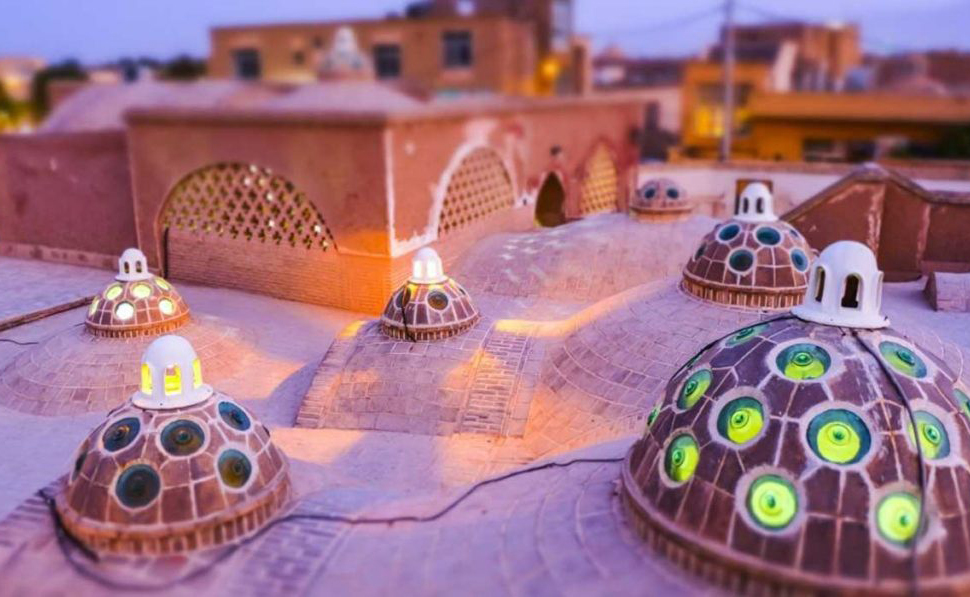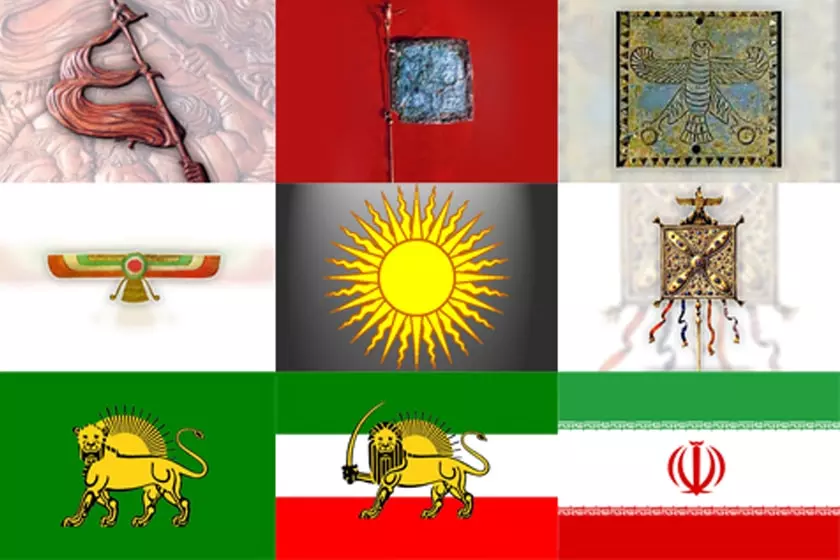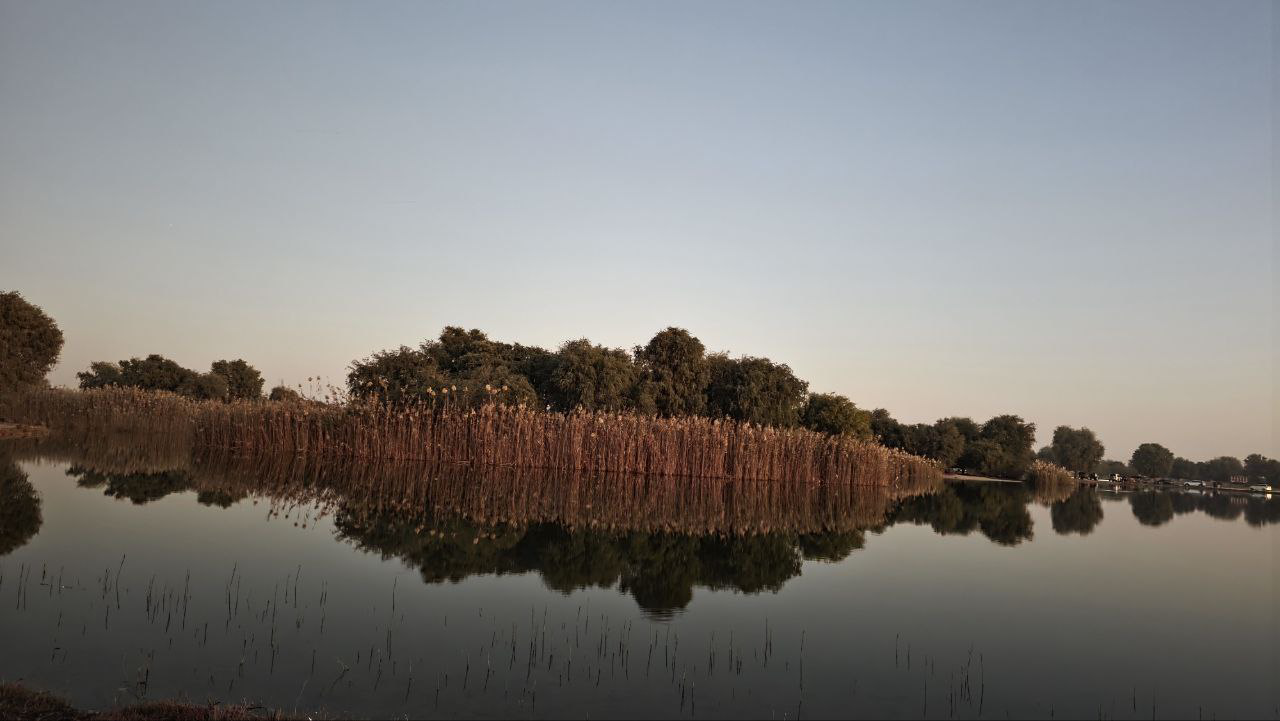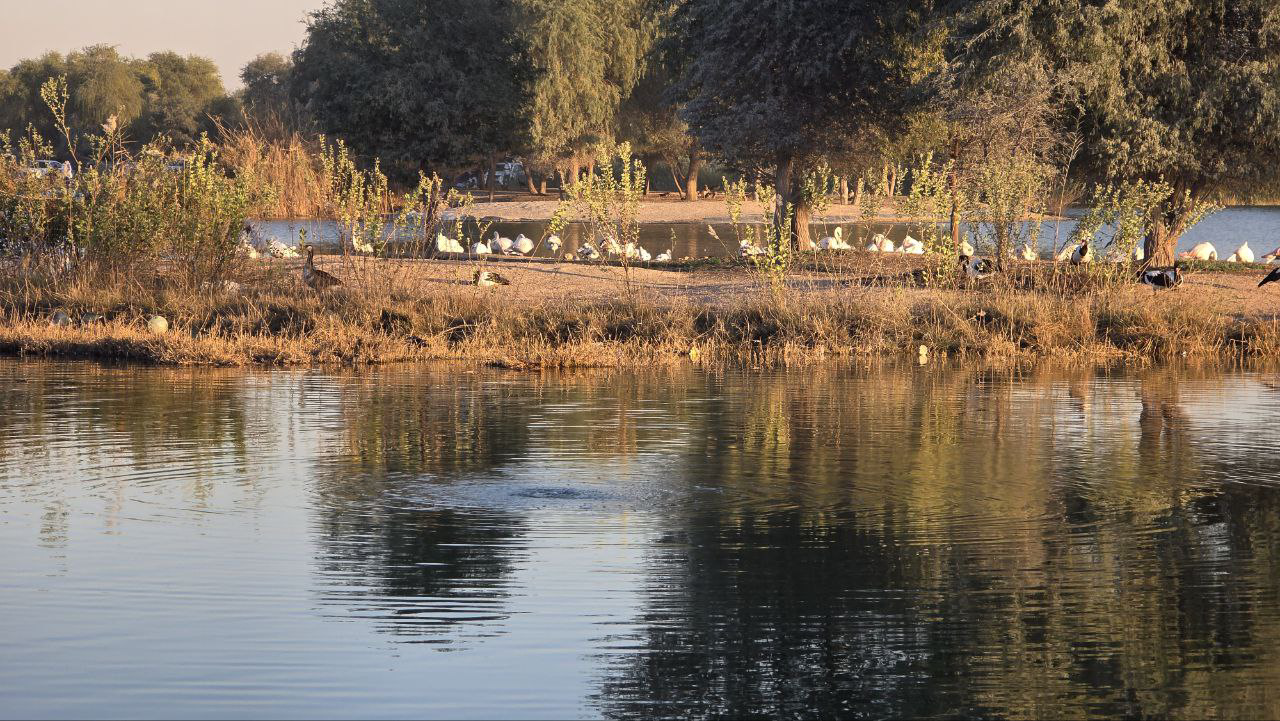Zabul attractions: unknown history in Zabul, Iran
Zabul , one of the cities in Iran’s Sistan and Baluchestan Province, was formerly known as Sakestan or Sijistan (Sistan) and Nimruz. The area now called Zabul used to be covered with sandy hills and marine sediments, part of which was along the course of the Hirmand River. As the water level in the river decreased, it contributed to the expansion of the surrounding arid lands. Later, the establishment of a military garrison added to its significance. In 1314 AH (Solar Hijri), according to a decision by the Council of Ministers, the settlement was named Zabul and became the center of Sistan in 1316 Solar Hijri. Join us as we introduce you to the attractions of Zabul .
Castle Rostam
Castle Rostam is located 60 kilometers southwest of Zabul and is currently in ruins due to weathering. Four towers and its entrance gate are still visible. It is believed to have been abandoned four to five hundred years ago. No scientific archaeological excavations have been conducted at this castle, but fragments of glazed and unglazed pottery suggest a long history.
Address: 70 kilometers southwest of Zabul
Castle Kahak Kahzad
Castle Kahak Kahzad is situated near the Hirmand River in Sistan, about 40 kilometers southeast of Zabul , marking the easternmost border between Iran and Afghanistan. Due to its construction style and strategic location, this castle resembles a military fortress. According to Zulfikar Kermani in the book Geography of Nimruz:
“This castle is located on a hill and was built by Hashmat al-Mulk to protect and guard the dam of Sistan.”
Address: 40 kilometers southeast of Zabul
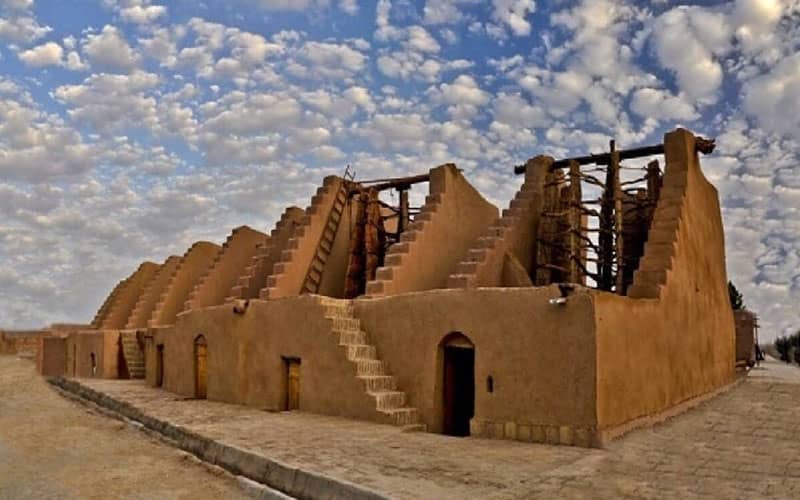
Sayer Allah Complex
The Sayer Allah al-Azam (AJ) Cultural, Research, and Recreational Complex, covering over five thousand hectares alongside natural ponds and half-dug wells, is located 50 kilometers southeast of Zabul and 10 kilometers from the city of Zahak.
Historical Reservoirs of Hozd-Dar
The reservoirs in the tourist area of Hozd-Dar near the town of Sookhteh are a symbol of civilization dating back 2800 years in this region. With an hour of desert exploration, tourists can observe remnants of organized life from 2800 years ago. These reservoirs are located near the city of Sookhteh, approximately seven kilometers south of the city. They are remnants of an ancient city that was formed during the Sassanian period and continued to thrive until the Safavid era. The presence of these reservoirs, along with the castles, indicates a rich civilization in this area.
Address: Zabul , Hozd-Dar area, near Sookhteh city
Belgian Customs
One of the places where Europeans were active in old Zabul is the customs known mostly as the Belgian Customs. The activities of this customs point date back to the early 20th century in Sistan.
Address: 9 kilometers on the Zabul to Nehbandan road
Foreign Caravanserai
This building belongs to the Safavid era and is located 9 kilometers on the Zabul to Nehbandan road. The Foreign Caravanserai was registered as one of Iran’s national monuments on August 27, 2003, with registration number 9554.
Address: 9 kilometers on the Zabul to Nehbandan road

Iran and England Bank
A number of columns next to a single-story building
The historical monument of the Iran and England Bank, registered as National Heritage with the number 11191 in 1394, is located in the center of Zabul city. Covering an area of over 3,180 square meters with a built area of 623 square meters, this historical site showcases colonial artifacts as a museum. It serves as a valuable place for studying colonial commercial and political activities in northern Sistan and Baluchestan.
Address: Zabul , Northeast of the Municipality Square
Zabul Ethnological Museum
The building of the Zabul Ethnological Museum was originally constructed in the early 19th century by England for colonial purposes. In 1368, this building was designated as a temporary treasury and cultural heritage representation for Zabul County. After 18 years, the museum of ethnology began its activities in this location.
Address: Zabul , Ferdousi Street
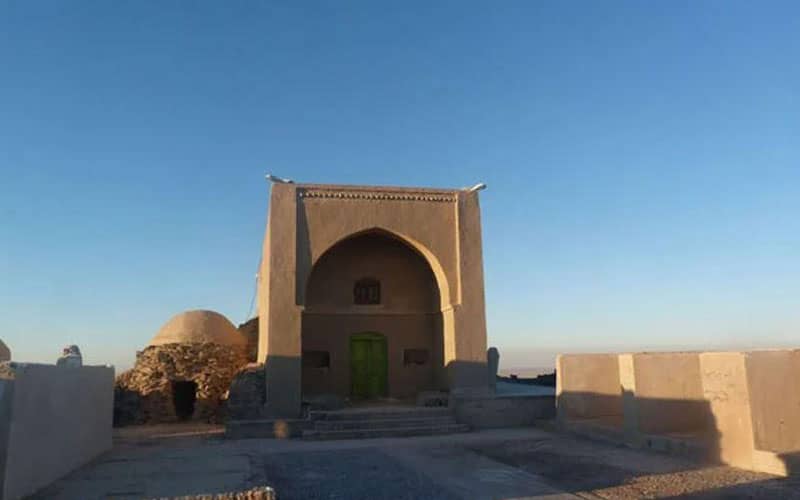
Khajeh Gholtan Mausoleum
Historical building with a tall ivan
Khajeh Gholtan Mausoleum is considered the most important pilgrimage site and a significant attraction in Zabul. Situated on the highest peak of Khajeh Mountain, this rectangular structure with an entry porch and a domed chamber is believed to be the tomb of Daniel’s brother, according to Shah Hossein Sistani in the book “Revival of Kings.” Khajeh Mountain holds various historical collections, including the Khajeh Mountain Palace and Temple, Rostam, Kafaran, Sam, Kook Kahzad, Chahar Dokhtar, Sarsang, and Khajeh Gholtan Shrine.
Address: Zabul , Khajeh Mountain Summit
Sookhteh City
Remains of a historical city
Located 56 kilometers from Zabul , along the Zabul -Zahedan road, the ancient city of Sokhteh is one of Iran’s most valuable heritages dating back nearly 3200 years before Christ. This historical area was established during the second and third millennium BCE by migrants from various regions. Sokhteh City is known for its organized structure, advanced social organization, sophisticated water supply system, sewage disposal, medical knowledge, women’s involvement in family financial matters, industrial and artistic activities, and more.
Address: Zabul -Zahedan Road, 56 kilometers from Zabul
Arg Khan Malek Kiani
Historical structure with a tower and courtyard
Another historical attraction in Sistan and Baluchestan is the Arg Khan Malek Kiani, a Pahlavi-era building located 16 kilometers on the road from Zabul to Iranshahr. Also known as the Khan Malek Kiani Citadel, this historical building belonged to one of the local khans in the Sistan region. It features a square layout with four towers, each having a height exceeding 70 meters and a width of 5 meters and 50 centimeters. The building includes courtyards, entrance gates, and other sections built in the style of ancient caravanserais.
Address: Zabul County, Mian Kangi District, Jalalabad Village
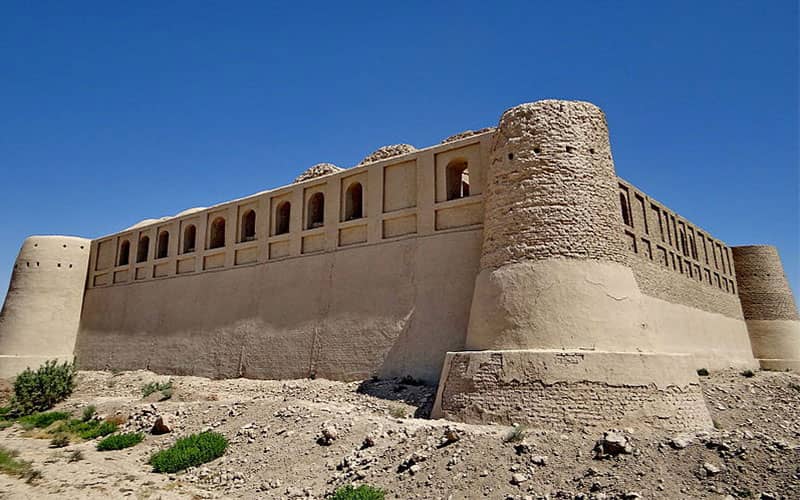
Gholaman River Delta
Adobe complex in the middle of the desert
Gholaman River Delta is an archaeological site in the Sistan region in southeast Iran. It is the remains of a city that was once the administrative-political center (satrap’s residence) of the Zaranj satrapy in the Achaemenid Empire. Located about 45 kilometers from Zabul and 2 kilometers from Qaleh Now village, this site includes 27 identified buildings that extend to a higher place called Zardosht’s Tomb.
Address: 45 kilometers from Zabul , 2 kilometers from Qaleh Now village (View on the map)
Frequently Asked Questions
How old are the Hozd-Dar Reservoirs?
These reservoirs were formed 2800 years ago in the Hozd-Dar tourist area.
What are the most famous tourist attractions in Zabul ?
Gholaman River Delta, Khajeh Gholtan Mausoleum, Zabul Ethnological Museum, Hozd-Dar Reservoirs, Castle Rostam, and more are among the notable tourist attractions in Zabul .

